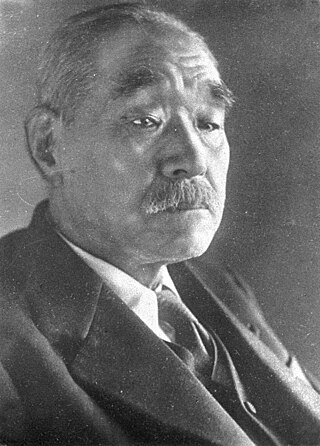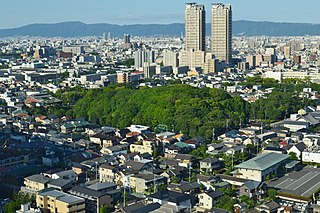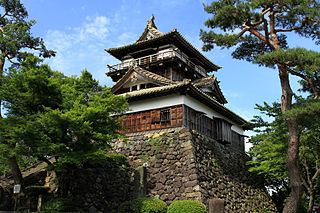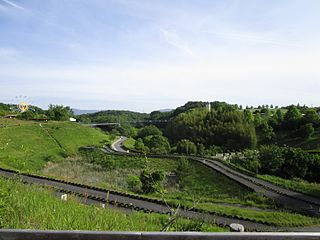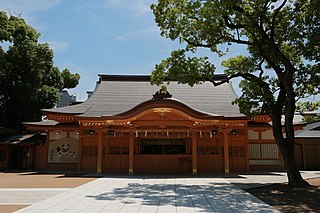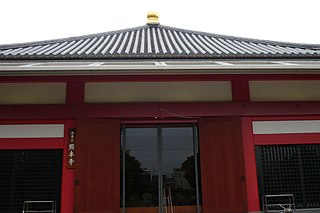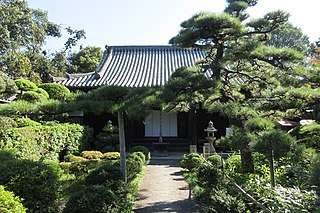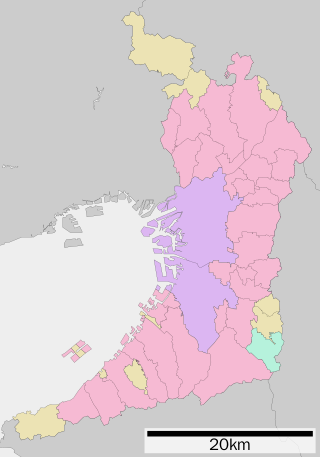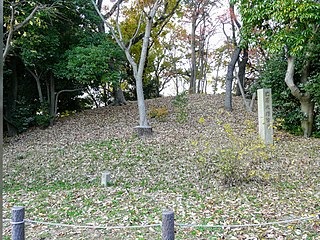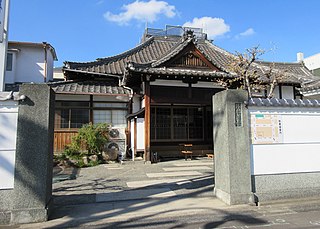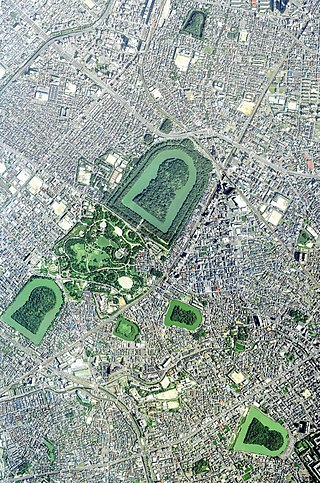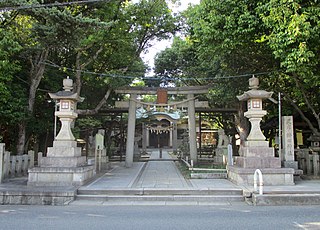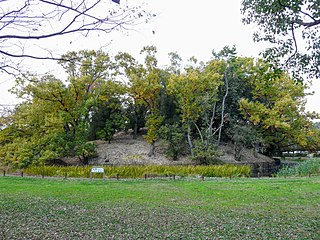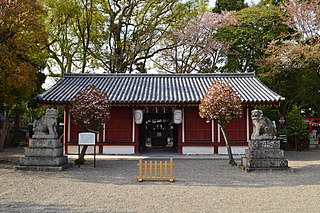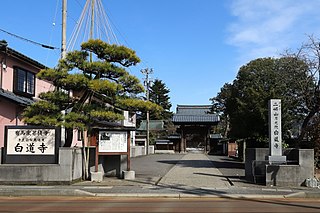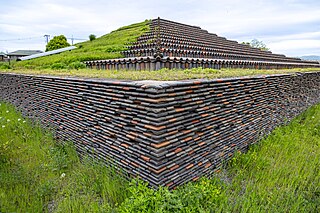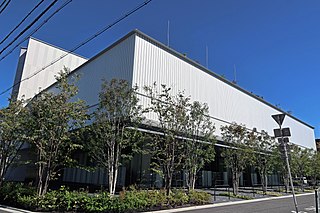21 Sights in Sakai, Japan (with Map and Images)
Legend
Welcome to your journey through the most beautiful sights in Sakai, Japan! Whether you want to discover the city's historical treasures or experience its modern highlights, you'll find everything your heart desires here. Be inspired by our selection and plan your unforgettable adventure in Sakai. Dive into the diversity of this fascinating city and discover everything it has to offer.
Sightseeing Tours in Sakai1. 鈴木貫太郎誕生之地碑
Baron Kantarō Suzuki was a Japanese admiral and politician. He was an admiral in the Imperial Japanese Navy, member and final leader of the Imperial Rule Assistance Association and the 29th prime minister of Japan from 7 April to 17 August 1945.
2. Tadeiyama Tomb
The Tadeiyama Kofun is a circular mound located in Kitamikunigaoka, Sakai-ku, Sakai City, Osaka Prefecture, Japan. It is one of the burial mounds that make up the Hundred Tongue Bird Tomb Group, and although the actual burial place is not clear, it is ruled by the Imperial Household Agency as the "Hundred Tongue Bird Mihara North Tomb" as the mausoleum of the 18th Emperor Hirohito. It is registered as a part of the World Cultural Heritage Site of the Hundred Tongues and Furuichi Tombs - a group of ancient Japan tombs.
3. Maruoka Castle
Maruoka Castle is a hirayama-style Japanese castle located in the Maruoka neighbourhood of the city of Sakai, Fukui Prefecture, in the Hokuriku region of Japan. It also called Kasumi-ga-jō due to the legend that whenever an enemy approaches the castle, a thick mist appears and hides it. Built at the end of the Sengoku period, the castle was occupied by a succession of daimyō of Maruoka Domain under the Edo period Tokugawa shogunate. The site is now a public park noted for its sakura. The castle's relatively small tenshu claims to be the oldest in the country, a claim which is challenged by both Inuyama Castle and Matsumoto Castle.
4. Mozu Hachiman Shrine
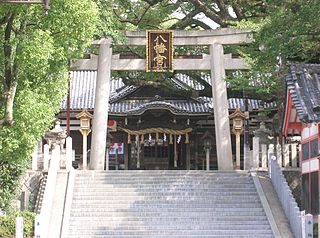
Mozu Hachimangu is a shrine located in Kita-ku, Sakai City, Osaka Prefecture. The former company name was Fusha. Within the precincts of about 10,000 tsubo, there is a huge 800-year-old kusu tree designated as a natural monument of Osaka Prefecture.
5. Sakai Green Museum Harvest Hill
Sakai Green Museum Harvest Hill is an agricultural park located in Minami-ku, Sakai City, Osaka Prefecture. Opened on April 11, 2000. Based on the designated manager system, it is managed and operated by Sakai Farm Co., Ltd.
6. 方違神社
Houchi Gaijinja is a shrine located in Sakai Ward, Sakai City, Osaka Prefecture. Locally, he is known as "Hochigai-san". The former company name is Gosha. The deity of the festival is Katagaesachi Okami. Since ancient times, it has been worshipped as a shrine to ward off disasters such as misdirections, geographical phases, and family phases.
7. 開口神社
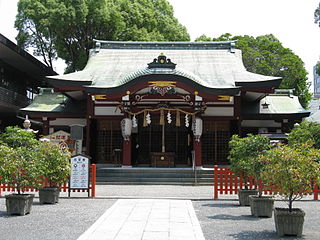
Aguchi Jinja is a shrine located in Sakai Ward, Sakai City, Osaka Prefecture. It is commonly known as "Otera". Locally, he is known as "Mr. Odera". Mr. Shrine of Sakai Minami-gumi (south of Okoji). It is a Shikiuchi company, and the former company name is Fusha. Since Sakai is also the birthplace of Akiko Yosano, the "Akiko Love Song Mikuji" is prepared at the Kaiguchi Shrine.
8. Kenponji Temple
Kenponji is a temple of the Nichiren sect located in Sakai Ward, Sakai City, Osaka Prefecture. Its mountain name is Jojuzan, and it is a branch of the main temple Honkoji. The founder is said to be Nichiryu, and the first abbot is Nichijo.
9. 光明院
Komyoin is a temple of the Koyasan Shingon sect located in Kita-ku, Sakai City, Osaka Prefecture. The head guard jizo, which is enshrined in the jizo hall in the temple grounds, is popular as a headache and wind protection.
10. Tajihayahime Shrine
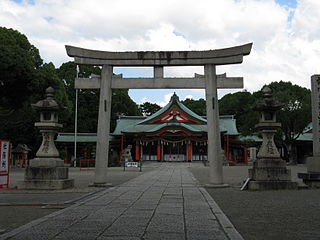
Tajihaya Himejinja is a shrine located in Miyayamadai, Minami-ku, Sakai City, Osaka Prefecture. It is a Shikinai shrine in Ōtori District, Izumi Province, which is listed in the Enki Shiki Shrine Name Book. The former company name is Gosha. It is also called Arayama Palace, and the area around the precincts is crowded as Arayama Park.
11. 舊丹南藩主高木主水正陣屋址碑
Tannan Jinya (丹南jin屋, Tannan Jinya) was a feudal office of the Tannan Domain, ruled by the Takagi family, a daimyō of the Staff Dynasty located in Tannan Village, Tannan District, Kawachi Province, Japan, located in Tannan 3-chome, Matsubara City, Osaka Prefecture. In the late Edo period, it was also called "Tannan Office".
12. 法道寺
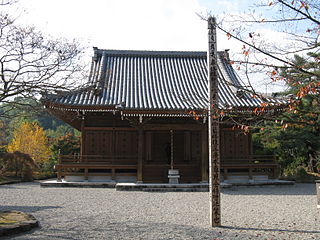
Hodoji Temple is a temple of the Koyasan Shingon sect located in Minami-ku, Sakai City, Osaka Prefecture. The name of the mountain is Mt. Hachimine. The honzon is Yakushi Nyorai. It is also called Hachigami Neji.
13. 収塚古墳
The Osamezuka Kofun is a scallop-shaped anterior-posterior circular mound with a short front part located at 2-150-2 Yuuncho, Hyakushitori, Sakai-ku, Sakai-shi, Osaka, Japan, and is considered to be the tomb of the Daisenryo Kofun (Emperor Hitoku's Mausoleum). It is one of the burial mounds that make up the Hundred Tongue Bird Burial Mounds and is designated as a national historic site.
14. 本伝寺
Hondenji Temple is a temple of Nichiren Shōshū Buddhism located in Sakai Ward, Sakai City, Osaka Prefecture. The name of the mountain is Juryozan. It is said to have been the opening of the White Lotus Nikko, and it was once located in Meguchiji-cho (near present-day Ichinomachi, Sakai-ku, Sakai City), but it is said that it was moved to its current location in the 2nd year of Kanbun (1663).
15. Daisen Kofun
The Mozu Tombs are a group of kofun —megalithic tombs—in Sakai, Osaka Prefecture, Japan. Originally consisting of more than 100 tombs, only less than 50% of the key-hole, round, and rectangular tombs remain.
16. 蜂田神社
Hachita Shrine is a shrine located in Hattaji Town, Nakaku, Sakai City, Osaka Prefecture. It is a Shikinai Shrine (small) and was formerly designated as a village shrine. It is also referred to as Suzu no Miya.
17. Magodayuyama Kofun
The Magodayu Mountain Kofun is a keyhole-shaped burial mound located within Daisen Park in Yuuuncho 2-chome, Sakai-ku, Sakai City, Osaka Prefecture. It is one of the tombs that make up the Mozu Kofun Group and is considered a companion mound to the Daisenryo Kofun (Nintoku Tenno Ryo Kofun), registered as part of the World Cultural Heritage site Mozu-Furuichi Kofun Group - Ancient Japanese Burial Mounds.
18. 櫻井神社
Sakurai Shrine is a Shinto shrine located in Sakai, Osaka Prefecture, Japan. It was founded at an unknown date and holds its annual festival on the first Sunday in October. It enshrines Emperor Ōjin, Emperor Chūai, and Empress Jingū as kami. The oratory is designated as the only Japanese National Treasure in Sakai City.
19. 白道寺
Byakudoji Temple is a temple built in the 18th year of Keicho (1613) by Naozumi Arima as the Arima Family Bodhi Temple in Shimabara when he was the lord of Shimabara Domain. The sect is the Pure Land sect.
20. 土塔
The Dotō , is a Nara period Buddhist relic located in the Dotō neighborhood of Naka-ku, in the city of Sakai, Osaka, Japan. It is also referred to as the Ōno-ji Dotō (大野寺土塔) after the temple on whose grounds it is located. It was designated as a National Historic Site in 1953, with the area under protection expanded in 2005.
21. Sakai Bicycle Museum
Shimano Bicycle Museum is a museum about bicycles located in Minami-Mukaiyo-cho, Sakai-ku, Sakai City, Osaka Prefecture. The "Bicycle Museum Cycle Center", which was adjacent to Daisen Park in Daisencho, Sakai-ku, Sakai City, was relocated to a new building and reopened on March 25, 2022 (Reiwa 4).
Share
How likely are you to recommend us?
Disclaimer Please be aware of your surroundings and do not enter private property. We are not liable for any damages that occur during the tours.
